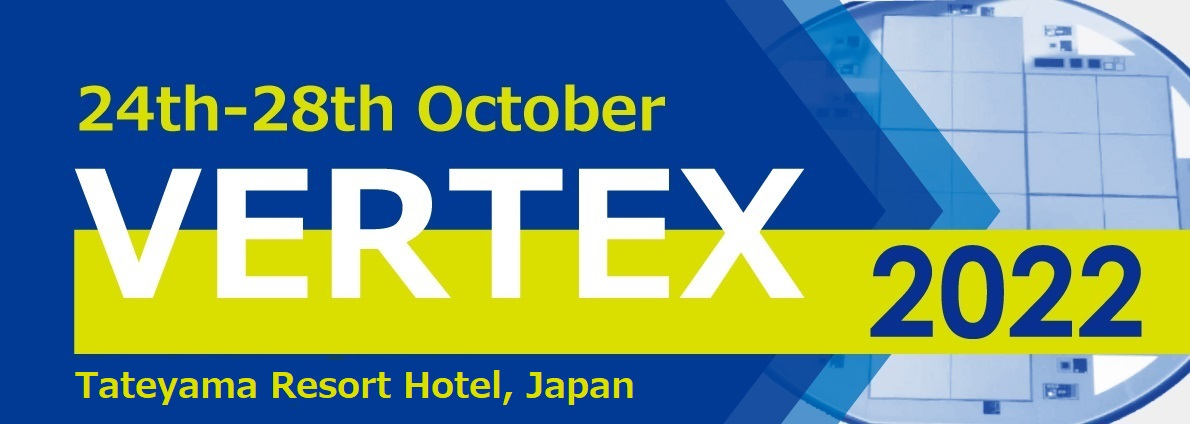Speaker
Description
Proceeding into the High-Luminosity era of the LHC (HL-LHC) will see the instantaneous luminosity increase by an order of magnitude. The LHCb detector is expected to see an increase in integrated luminosity from 50 fb$^{-1}$ to as much as 300 fb$^{-1}$ in Run 5. Such an increase prompts an upgrade to the LHCb tracking system: to deal with higher occupancy in high-$\eta$, more interactions per bunch-crossing, and harsher radiation conditions - to name a few key challenges.
For Upgrade-II of the LHCb detector, the proposed Mighty Tracker aims to address these challenges by incorporating monolithic HV-CMOS sensors into the design for the innermost region of the downstream tracking detector, whilst retaining the current Scintillating Fibre-based approach for the outer region. The HV-CMOS sensor for the Mighty Tracker, the MightyPix, is being developed to have sufficient radiation-hardness, and a time resolution of approximately $3$ ns to deal with the high occupancy expected in the inner region.
After Run 3, accumulated radiation damage in the SciFi inner-region may impact detector performance enough to prompt an earlier introduction of HV-CMOS sensors into the tracking system, for stage Ib of the first Upgrade. If this opportunity is realised, a pilot "Inner Tracker" detector with HV-CMOS sensors could be seen in Run 4.
This talk will cover plans for the Mighty Tracker, and some of the recent studies undertaken to date.
| contact person e-mail | r.oneil@cern.ch |
|---|
